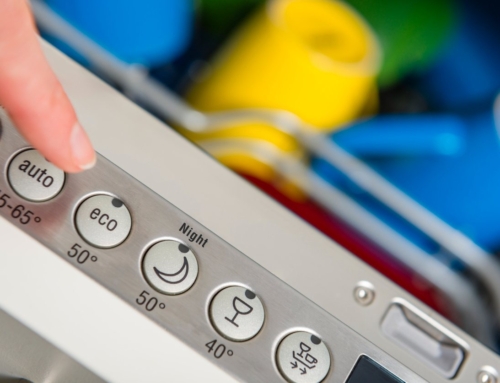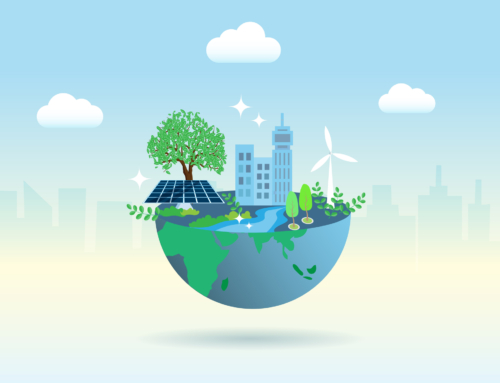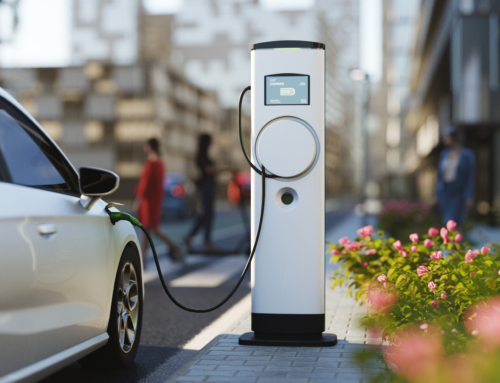Any homeowner should be interested in the types of light bulbs they choose to implement in their home lighting scheme. When choosing a lightbulb, there are several questions to ask such as,
What are your priorities? Are you hoping to save energy or maximize output in one area? How much energy does a light bulb use? Does it even matter?
Sometimes, the trade-off between style and function can be a tough one to make, but choosing wisely can help you save energy. Energy-efficient light bulbs are also much less harmful to the environment, so why not make the switch?
How Do Light Bulbs Work?
Flipping the light switch allows electricity to flood through the light’s wiring and illuminate the bulb. Once you screw it fully into place, it officially becomes a member of your home’s circuit system. What happens next depends on the type of light bulb you’re using.
Incandescent bulbs emit light through a metal filament, which is excited by electricity until it glows white-hot, creating light. Halogen lights also use a tungsten filter. An added quartz element can trap particles in the filament, acting as fuel.
Fluorescent light uses a ballast to modulate a periodic current, provide voltage, and control how much electricity makes it to the bulb or tube. The current excites the mercury gas inside, and the tiny collisions of gas particles create light.
LED lights contain diodes made of a semiconductor like silicon. These diodes receive an electronic current, creating a low-heat electroluminescent reaction that releases light.
What Are the Different Types of Light Bulbs?
If you’re a homeowner, you’ve got options. The most popular types of light bulbs for residential use are:
- LED light bulbs (7-10 watts)
- CFL light bulbs (13-15 watts)
- Fluorescent light tubes (16-20 watts)
- Incandescent light bulbs (60 watts)
- Halogen light bulbs (90 watts)
All of them bring something different to your home—some prefer the more “natural” appeal of incandescent light, while others choose LED bulbs because they use less power. It all comes down to where the light is going and what it’s being used for.
How Much Energy Does Each Type of Light Bulb Use?
The amount of power a light bulb needs to function depends on more than just the type of light bulb it is—the strength of the light bulb, the size of the light bulb, and even the manufacturer may all influence this figure. Using your lights responsibly, with restraint, and alongside additional fixtures like dimmers may also help you cut back on how much power your bulbs consume.
Halogen lights are more efficient than their traditional, purely incandescent counterparts, but they won’t save you nearly as much energy as the former. LED light consumes the least, followed by CFL bulbs. Instead, it’s more productive to compare them apples to apples.
If lifespan and luminance are being considered, halogen lights offer a pretty enticing edge over incandescent light bulbs. LED light bulbs will often be much brighter than other, more conventional light bulbs of the same wattage. You’re getting more bang for your buck for every watt drawn.
How much energy does a light bulb use after it doesn’t work anymore? After being disposed of in a landfill, managing a light bulb takes its share of power. If a longer life can be considered energy-saving, LED lights come out on top, with many brands boasting up to 50,000 hours of continuous use.
Incandescent lights are rarely rated for more than 1,000 hours of guaranteed use. CFLs and fluorescent tubes offer anywhere from 15,000 to 20,000 hours in their lifetimes. Halogen bulbs usually only last around 2,000 hours.
Which Type of Light Bulb Is the Safest?
LED bulbs are likely the safest type of light bulb. They’re low-heat, draw little electricity, and are super bright to boot.
Fluorescent light bulbs and tubes contain mercury, which makes them a hazard if broken—it also makes them difficult to dispose of without contaminating the immediate vicinity with toxic heavy metal.
Tungsten filament lights are hot and can even catch fire if you’re not careful. All light bulbs are glass aside from many LEDs, which presents its unique advantage.
Which Type of Light Bulb Is Most Efficient?
LED light bulbs are some of the most energy-efficient light bulbs you can use in your home. Compared to halogen bulbs, they’re approximately 90% less consumptive than an analogous incandescent bulb. They’ll also last you around twenty-five times longer on average.
If you need outdoor lighting, you can’t go wrong with anything solar-powered. Even if they’re small and require little, you’re still whittling away at your carbon footprint with every utility you can take off the grid.
Why Are Energy-Efficient Light Bulbs Better for the Environment?
The less you use, the less you consume on a global level.
How do energy-efficient light bulbs reduce carbon dioxide? Power supply facilities are some of the biggest offenders when it comes to negative externalities—CO2, nitrogen oxide, and sulfur dioxide.
If all people can commit to small, ecologically savvy changes like using more efficient light bulbs for fewer hours a day, the collective effort would significantly impact the amount of power these facilities would need to generate.
How Can You Reduce Your Carbon Footprint?
Being a responsible citizen of this planet doesn’t take much. When everybody can contribute, the future will be a whole lot brighter. Choosing more environmentally-friendly options over convention light bulbs might make your own home brighter.
There are many ways to save energy. Now that you know how much energy a light bulb uses, learn how these practices can help you save energy throughout your home and office.




![Top 11 Sustainable Building Practices for Eco-Homes [Plus 5 Sustainable Materials]](https://springpowerandgas.us/wp-content/uploads/2023/02/iStock-181062267-500x383.jpg)

